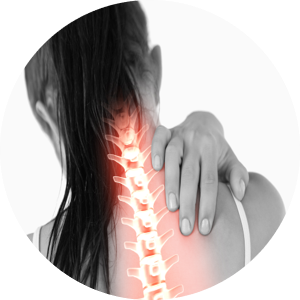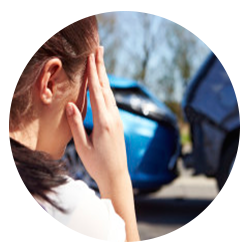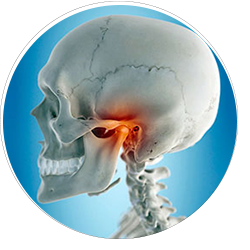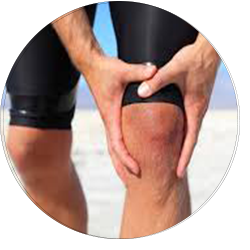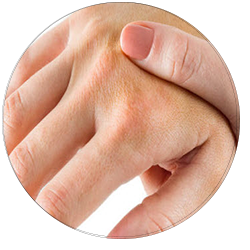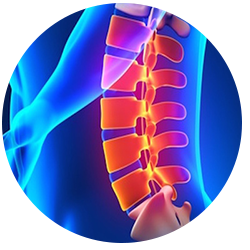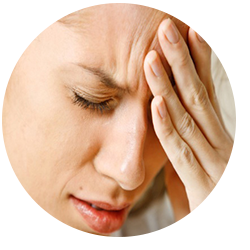At Superior Spine Care of North Olmsted, our spine care team - Chiropractor, Massage Therapist and Physical Therapist, work together to diagnose and treat many different spinal disorders that cause musculoskeletal or nerve pain. Initial consultations for patients with pain begin with Dr. Neil, Chiropractic Physician and Clinic Director. When you come in to our North Olmsted chiropractic clinic, one of the first things you'll likely notice is how patient-centric we are. Our objective is to listen to you, how you feel, what your goals are, and give you options to choose from. Every patient is uniquely different and their comfort levels vary greatly with the variety of treatments we use to treat pain and discomfort. It is entirely up to the patient which treatment they receive and with what frequency. If you read our customer reviews you'll see this reflected by patients referring to us as "wonderful," "patient,""sincerely understanding," and "no pressure." Below is just a partial list of the conditions we most commonly treat with chiropractic care. Contact us to schedule your initial consultation or just come in and check us out today..
Neck Pain
The neck’s susceptibility to injury is due in part to biomechanics. Activities and events that affect cervical biomechanics include extended sitting, repetitive movement, accidents, falls and blows to the body or head, normal aging, and everyday wear and tear. Read more.
Automobile Accidents
Auto accident injuries are one of the leading causes of spinal and whiplash injuries. These types of injuries should be treated properly, or accidents could lead to long term, chronic pain. Learn more about whiplash, car accident injuries and chiropractic care.
TMJ - Jaw Pain
Typical symptoms of this chronic disorder of the face and jaw include discomfort or pain around the jaw and in the face, swelling, problems chewing or talking, the inability to move the jaw, loud popping, headaches and earaches, dizziness and hearing impairment. Read more.
Knee Pain
Knee pain can be a result of injury or disease of the knee joint. Injury can affect any of the ligaments, bursae, or tendons surrounding the knee joint. Injury can also affect the ligaments, cartilage, meniscus, and bones within the joint. Read more.
Back Pain
Back pain can range from a dull, constant ache to a sudden, sharp pain that makes it hard to move. It can start quickly if you fall or lift something too heavy, or it can get worse slowly. Read more about the different types of back pain and effective treatment.
Worker's Compensation Injuries
As approved providers registered with the Bureau of Workers’ Compensation (BWC), we treat both major and minor work-related injuries to help get an injured employee back to what’s important in their life as quickly as possible. Read more.
Carpal Tunnel
Carpal tunnel syndrome is a hand and arm condition characterized by tingling, numbness and pain due to the median nerve being compressed in the wrist and is usually linked to repetitive motions. Learn more.
Hip Pain
The hip joint is designed to withstand repeated motion and a fair amount of wear and tear and hip pain can often be caused by improper alignment of other joints. Learn more.
Disc Injuries
Problems with the discs of the back are common. Intervertebral discs are the spongy cushions found between the bones of the spine, part of which can change position and touch nerves, causing pain. This can be caused by trauma as well as long term wear and tear. Read more.
Headaches & Migraines
A headache is pain or discomfort in the head, scalp, or neck. Common types of headaches include tension headaches, migraine or cluster headaches, sinus headaches, and headaches that begin in your neck. Read more.
Shoulder Injuries
The shoulder joint is the most frequently used joint in the body because it moves every time you move your arm. It also has the widest range of motion of any other joint in your body. This makes it one of the most vulnerable joints in the body. Learn more about rotator cuff/shoulder injuries.
Ankle Injuries
Ankle injuries are often caused by rolling the ankle while running or changing direction. When they become chronic, the ankle joint loses motion, causing altered mechanics in the knee, hip or even lower back and pelvis. Learn more about ankle pain.
WHAT OUR PATIENTS SAY ABOUT WORKING WITH OUR TEAM:
At Superior Spine Care we are proud of our patient relationships and the excellent reviews they leave us. We look forward to providing you with the same 5-star level of chiropractic, massage, physical therapy or acupuncture care!
HEALTH SERVICES AT SUPERIOR SPINE CARE:
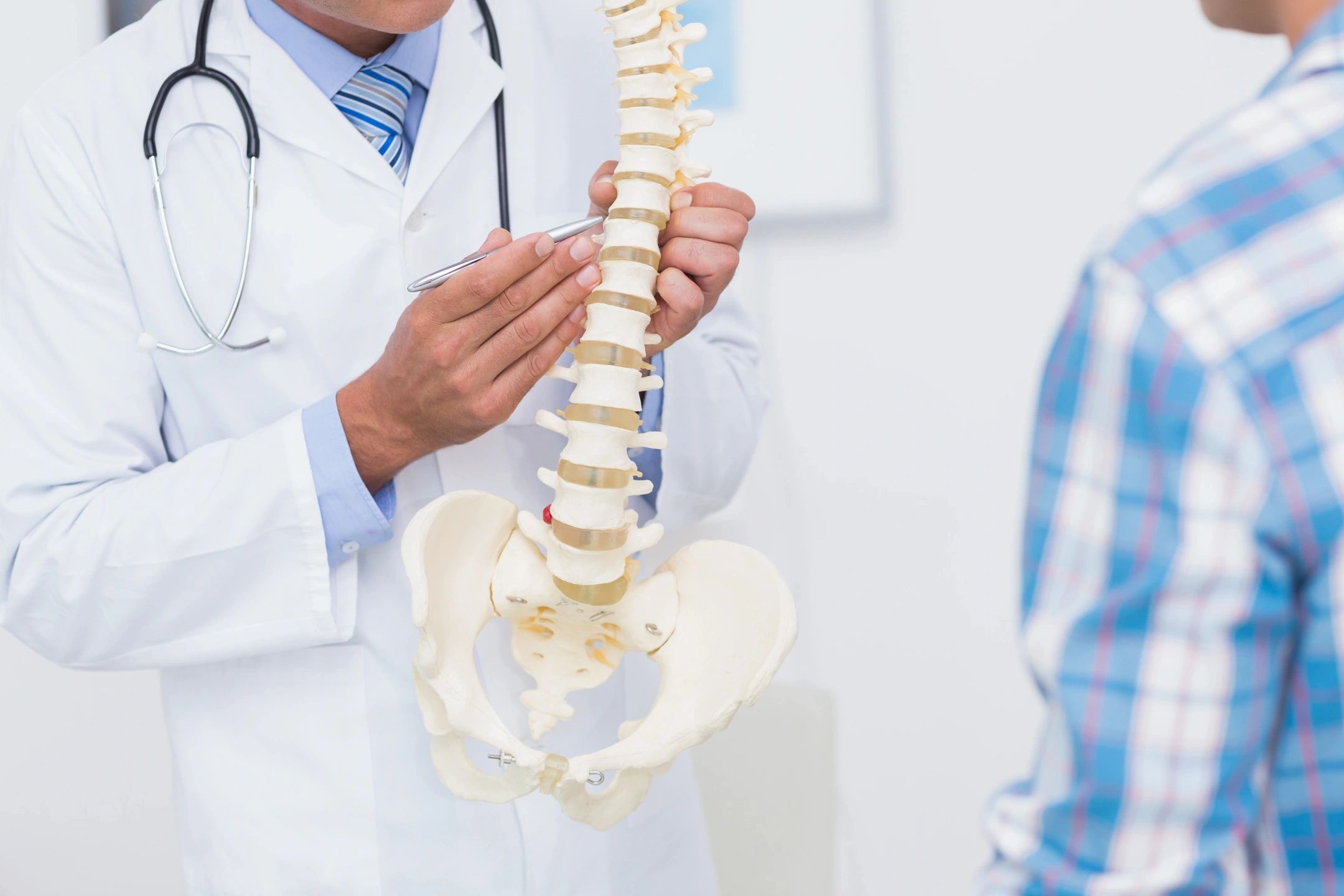
CHIROPRACTIC
As a Doctor of Chiropractic, Dr. Neil Wensink has years of training and experience in spinal adjustments and manipulation and provides advanced spinal correction combining state of the art chiropractic techniques with traditional tried and true methods. Never in the history of chiropractic have we been able to provide the level of help and expertise that now exists. These newer correction methods are more effective and more comfortable than ever before.
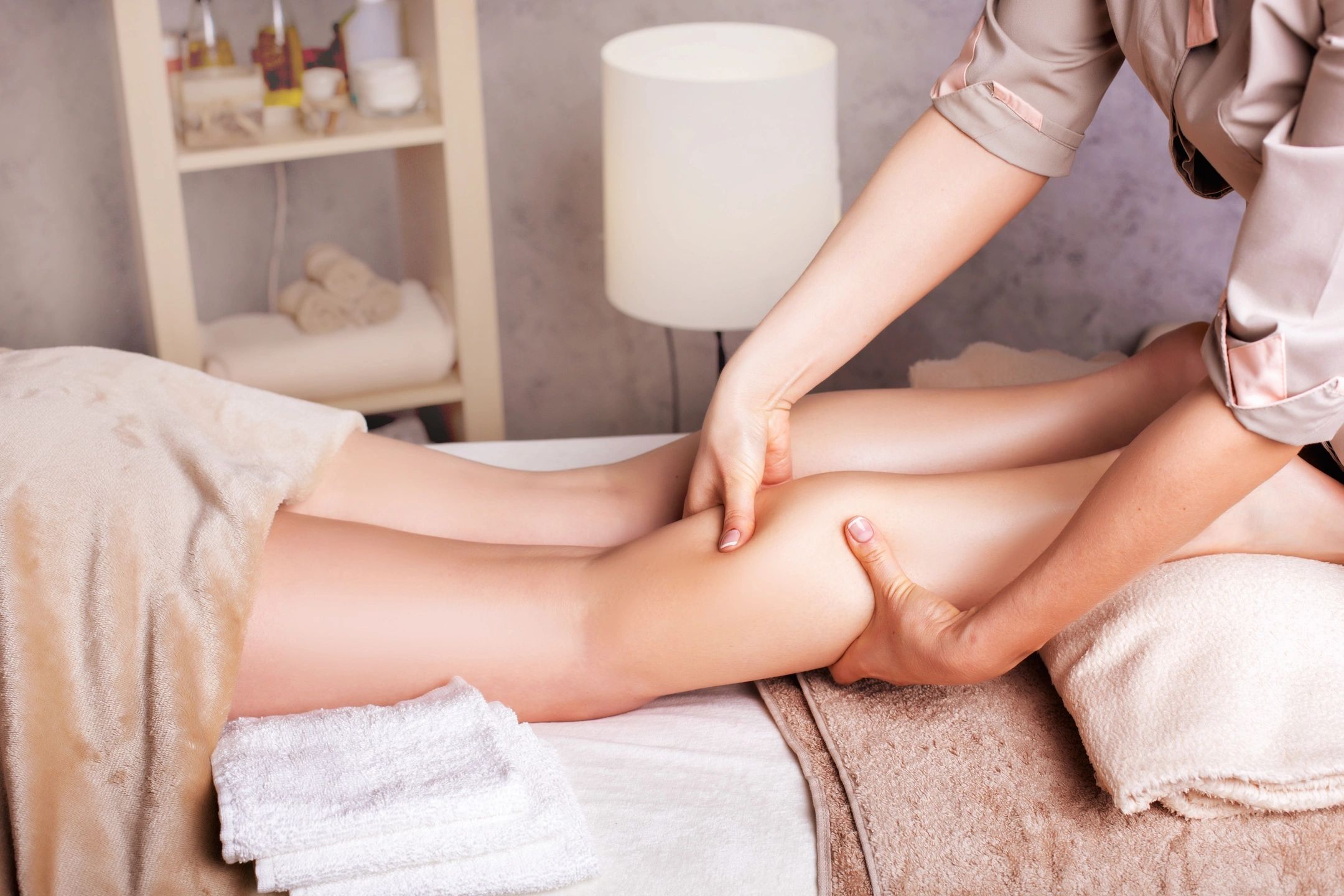
MASSAGE THERAPY
Massage therapy aids in patients’ rehabilitation by focusing on manipulating and realigning the deepest layer of muscles and connective tissue. It is the most beneficial therapy to release chronic muscle spasms. At Superior Spine Care we provide specific massage and muscular therapy tailored to meet the patient’s condition and injury. The benefits of massage therapy include increased blood circulation, reduced swelling, relaxed muscles and pain relief.
Learn More About Therapeutic Massage Treatments and Techniques

PHYSICAL THERAPY
Physical Therapy is the treatment or management of physical disability, movement, malfunction, or pain, without the use of medicine or surgery. With many years of experience and continuing education, Chrissy employs a variety of different physical therapy modalities to personalize your treatment program with a specialty in using Myofascial Release Technique to help alleviate acute and chronic pain.
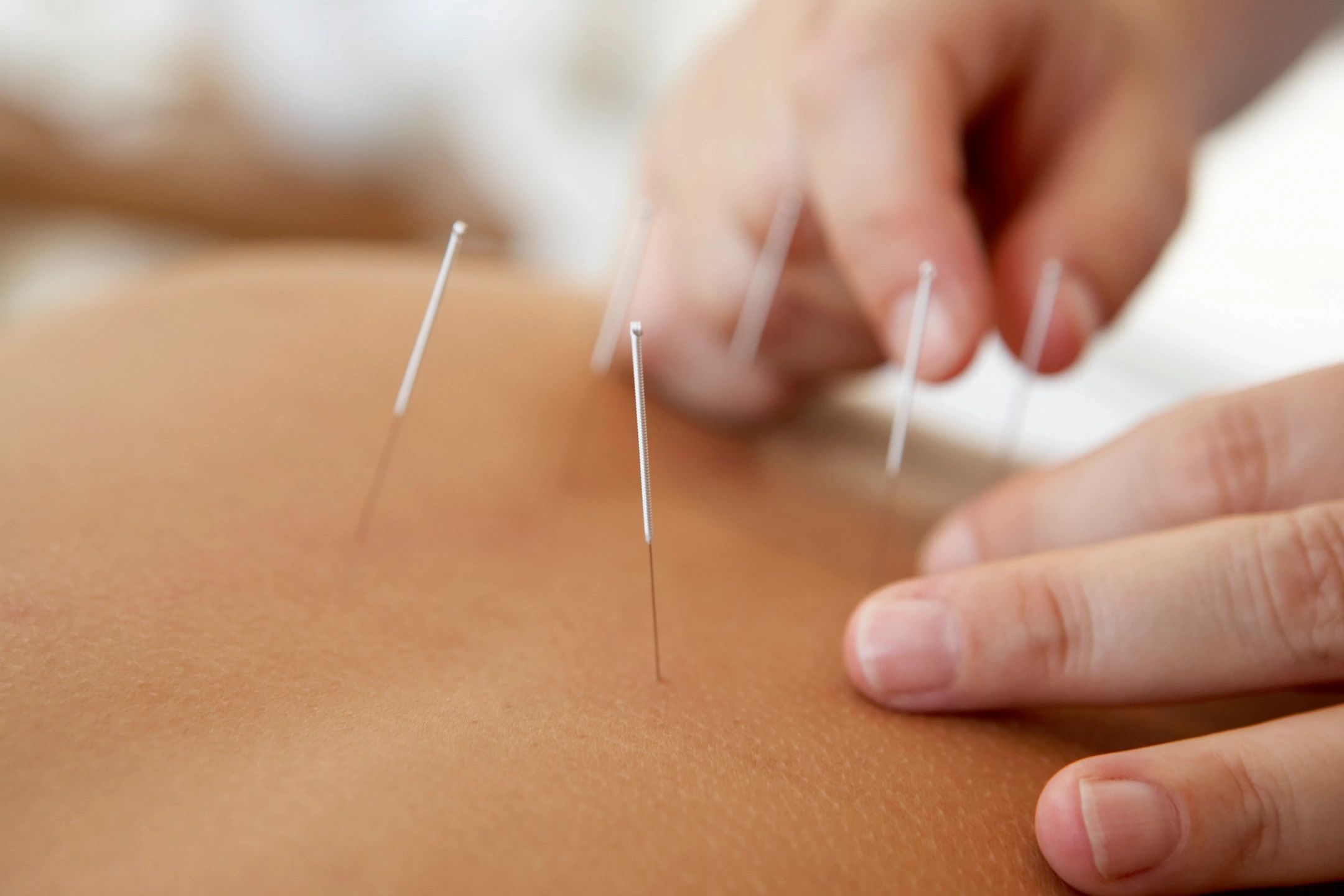
ACUPUNCTURE
Acupuncture is an ancient Chinese-based approach to treating a variety of health conditions. It works by triggering different points on the skin with small, one-time use, stainless steel micro-filament needles. It is based on the idea that a blockage, or disturbance, in the body’s flow of Qi (pronounced as “chee”) can cause heath issues. Dr. Chester Dickerson, Superior Spine Care’s Licensed Acupuncturist, Therapist, inserts thin needles at specific points to help with pain relief and restore proper energy flow.

